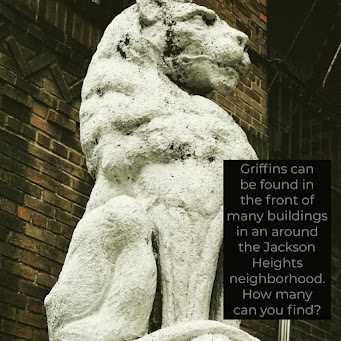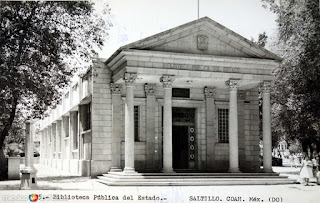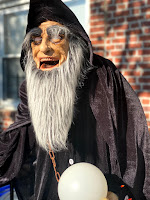I’m standing here at the entrance to Grand Central Station on 42nd Street and Park Avenue, admiring the statue of the god Hermes, also known as Mercury, that stands on top of the pediment.
I met a friend at Grand Central station today and decided to do a quick, impromptu art history lesson.
As I navigate the bustling streets of Manhattan, New York, I find myself standing amidst a cacophony of the city's rhythm. There, at the intersection of 42nd Street and Park Avenue, in front of the iconic Grand Central Station, I pause and raise my eyes to the architectural marvel that is the terminus building. Perched atop this historic landmark is an impressive, grand sculpture that seizes my attention — the radiant figure of the Greek god Hermes, or as the Romans would say, Mercury.













